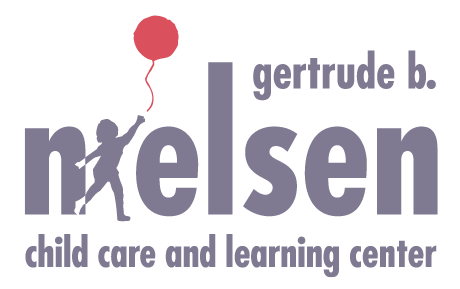Preschool Program
“In GBN's preschool programs my son has blossomed. He's learned about letters and sounds, and also about good play and how to share. He's learning to read and to add numbers, and also about how to be a good friend and to be kind to others.”
– Mary Hermanson, parent
Our preschool program was created to meet the needs of children from three to five years.
The preschool program is designed to develop the total child. Through varied experiences we meet your child's individual needs through developmentally appropriate activities that prepare your child for kindergarten and the years that follow.
There are several reasons to consider our preschool for your child.
- Our 9:1 child/staff ratio means personalized attention for every student.
- We have two fully qualified teachers for each classroom.
- We document and keep you informed about your child's development by creating portfolios that highlight and evaluate your child's work and play.
- Our skilled staff plans activities that balance between active and quiet, indoor and outdoor, group and individual.
- We teach in accordance with the way preschoolers learn through hands-on projects and play.
Self Identity
Our program encourages your child to develop a self-identity by relating with classmates and the environment. According to Erik Erikson's theory, a child's identity and sense of self are fostered as he engages in dramatic play to experiment with a variety of roles. During play, the child is encouraged to experience different roles, the emotional and social expression of feelings, and interpersonal relationships. Our teachers respect your child's need for this and help facilitate it by providing real materials that correspond with a medley of themes including post office, doctor's office, emergency rescue workers, space, house and camping.
Projects
Much of the preschool curriculum is focused on projects, which are in-depth investigations of topics carried out by a classroom of students. Projects typically last for three to seven weeks, providing students and teachers many opportunities to research a topic and represent their findings in a variety of ways. Project work incorporates all curriculum areas including language, math, science, creative arts, dramatic play and social studies.
Creativity
Creative expression is viewed as an integral part of our program. We believe that diverse thinking stems from art activities. Your child is encouraged to express individuality free from standards and judgments as he moves throughout a variety of activities including painting, drawing, molding, and sculpting. Whether it is language, science, physical play or art expression, we develop your child's natural creativity and diverse thinking by encouraging him to see as many new relationships between objects as possible. To enhance each child's creativity, the teachers present activities through a variety of methods such as rhythm, movement, dramatics, and various art mediums.
Science
We guide children to discover science through cause and effect relationships. Your child's individual level is the only limit to the type of scientific experiments. As children experience floating, sinking, balancing, friction, wheels, inclined planes, pulleys, magnets, evaporating, boiling, freezing, and condensing, they gain an understanding for the basis of scientific thought and principles. We also offer the children experiences with plants and animals and the properties and principles related to both.
Language Development
Language skills expand dramatically at this age. Our curriculum focuses on this expansion through a variety of methods. It is our goal for each child to reach his maximum potential in the areas of receptive and expressive language through an enriched literacy-based program. Each child is given the opportunity to develop according to his own style of learning: visual, auditory or kinesthetic. The teaching methods we use include, but are not limited to: expansive conversation, stories (with or without books), word games, audio tapes, tape recorders, visual aids, computers, and physical education. Large group times provide children with further opportunities to expand on language through charting, graphing, dictation and class discussions.
Physical Development
Development of large muscle coordination is emphasized daily. Activities are planned to meet curriculum objectives through physical education. These include jumping, climbing, balancing, pedaling, and running. Language concepts are reinforced during these activities as children use their bodies to go under, over, in, out, beside, or next to objects and equipment. The school's carefully planned outdoor playscapes enhance these experiences. In addition, the mini-gym is available for music and movement classes. Fine motor skills are also an integral part of the preschool program. There is a multitude of non-competitive manipulative equipment supplied for individual and group use. This enables your child to be continually stimulated at his own level. When a child shows a need for social interaction in the learning process, our teachers incorporate group games that include manipulative skill development.
Social Development
During the preschool years, social skills begin to take on greater meaning to a child. In the classroom your child is expected to accept responsibility and show respect for others and the school environment. To do this, your child is taught to understand the importance of returning materials to the proper place, caring for personal play space, and assisting others to keep the classroom organized. Children are taught to use a variety of problem-solving strategies as they begin to gain a better understanding of conflict resolution. They are shown ways to be independent thinkers and creative when faced with a problem. Activities in the classroom provide opportunities for children to work cooperatively in an effort to promote sharing and teamwork among each other.

